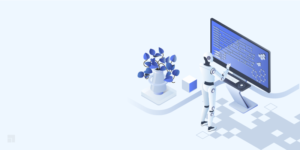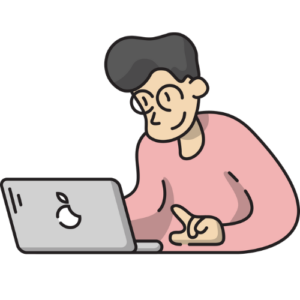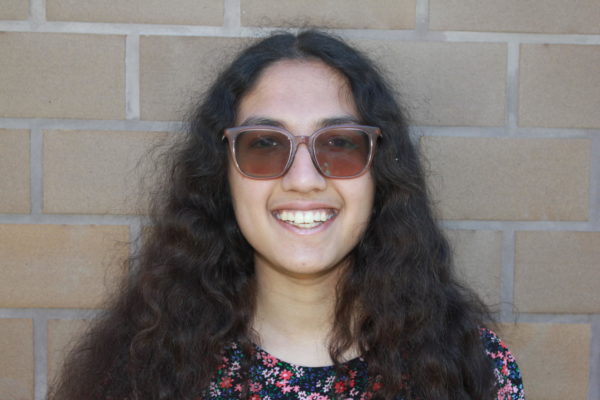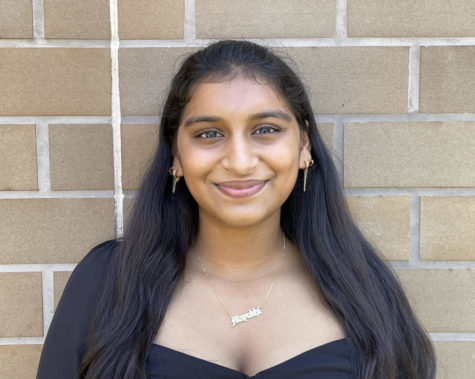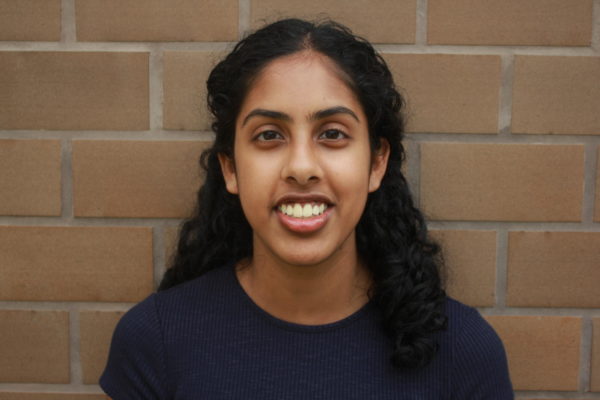ChatGPT prompts concerns over academic integrity
February 2, 2023
ChatGPT, a new artificial intelligence chatbot launched by Open AI, raises concerns over academic dishonesty and student learning by teachers, especially at Dougherty Valley High School. Released to the public on Nov. 30, 2022, the technology has garnered attention due to its Google-like ability to provide answers to question prompts, improve grammar for emails and assignments and write essays for students.
While this new technology may appear to be futuristic, it builds upon previous versions of GPT-3 (Generative Pre-trained Transformer 3), a language model that uses reinforcement learning to generate text in response to a prompt. Through a transformer-based architecture, the model can sift through massive amounts of data, improving the model’s ability to recognize certain word patterns and understand the nuances of language.
This platform revolutionizes users’ accessibility to information, allowing them to learn about any topic or answer almost any question at a quicker pace than most search engines.
“On Google, if you search something, it’ll give you thousands of results, but ChatGPT will provide one answer, and that’s it.” junior Aparajita Gupta said. “I thought it was really cool how you don’t have to search through so many sites, since the explanation is all there.”
For Gupta, ChatGPT has been an educational tool that has helped her study for exams due to its ability to provide easy-to-understand summaries of certain concepts and topics.
“Although sometimes the responses on ChatGPT can be generic, I think if you’re looking for quick answers here and there, the platform can be useful,” she said.
Along with answering questions to learn more about concepts, users can generate essays in less than a minute by entering a question into the platform’s input. Due to this perceived ease in writing, many teachers and student administrators worry that ChatGPT may hamper student learning and creativity due to its accessibility.
The Wildcat Tribune reached out to DVHS AP English Literature and Composition and AP English Language and Composition teachers to grade two responses, one from an AP English Literature and Composition student and the other from ChatGPT, to two AP English Literature and Composition essay prompts. One prompt required students to read and analyze the literary techniques used in a passage from the Joyce Carol Oates’ novel “We Were the Mulvaneys” (Question 1), while the other asked students to write about how idealism was portrayed in any novel of their choice (Question 2).
For both questions, three out of the five AP English teachers correctly identified the essay generated from ChatGPT due to the responses’ formulaic nature.
“I saw a very clear structure [in the ChatGPT essays]. It included very generic transitions with not many meaningful ones, but it was doing its job,” AP English Language and Composition teacher Megan Keefer explained about the Question 1 prompt.
AP English Language and Composition teacher Michelle Wilson added that the AI-generated essay for Question 2 shared similar characteristics with its structure.
“It is more formulaic and also redundant, even with the words that were used,” Wilson said. She also added that she could easily identify the student-written response due to minor content errors and an abundance of superlatives, despite both Question 2 responses receiving the same score.
This is to be expected in most text-generation AI platforms. As an article from Science Focus explains, ChatGPT is built upon probability, as it learns from the next word of a sentence similar to an autocomplete feature. Since the language model guesses the words based on large amounts of data from the Internet, ChatGPT generates text based on the writing that has been fed into the model.
“There’s been thousands, if not millions, of prompts related to The Great Gatsby and To Kill a Mockingbird over the last couple of decades, and that’s what the AI uses to learn,” Wilson added.
This does not mean that the AI-generated responses performed poorly compared to student-written responses.
In fact, the average score from five teachers for the Question 1 AI-generated essay is 4/6, compared to the student-written response with a 3.9/6. The Question 2 essay had a more drastic difference in scores with the AI essay scoring 4.2/6 compared to 3.7/6, demonstrating that AI can produce quality essays that fulfill AP requirements.
“When you have an assignment that is so focused on a specific skill, like with an AP Literature free-response question, then of course, it’s so easy for some students to resort to this,” AP English Language and Composition teacher Yulee Kim said.
As ChatGPT continues to take hold of education, methods of combating this use of technology have sprung up across the nation. One college student created an app called GPTZero which essentially employs ChatGPT against itself. The app checks whether a given text of writing utilized zero or a lot of involvement from AI, or more specifically, from ChatGPT. Apps like these are cracking down on AI, hindering this technology from having greater impacts on student learning.
To combat cheating with ChatGPT in educational settings, Keefer proposes that teachers can base their prompts focused on student persuasion and the emotions felt by the reader, rather than on formulaic writing.
“It’s going to force teachers to create assignments that feel more meaningful in terms of the reaction evoked … it’ll be more about the persuasive ways of presenting something,” she said.
ChatGPT is blocked in many educational institutions, such as the New York City and Seattle public schools. Similarly, in the San Ramon Valley Unified School District (SRVUSD), ChatGPT is blocked on all student Chromebooks.
In spite of the challenges that ChatGPT presents in the education system, the chat bot also provides numerous opportunities as a tool to assist learners. For example, English Language Development (ELD) students could utilize ChatGPT to learn the basics of the language and communicate their thoughts.
“[ELD students] would incredibly benefit from this since they have a lot going against them, especially since we have a lot of refugee kids,” Kim said. “They carry a lot of trauma with them and often don’t live with their entire family, so I think this would really help them.”
ChatGPT can also be used to streamline the research process, as students could spend less time sifting through databases for specific types of documents, instead using that time to improve their synthesis essay.
“If it could function to provide a list of credible articles about a topic, I think it could make research papers much better as it could narrow down the documents students can use,” Keefer said.
OpenAI expects to roll out the fourth version of ChatGPT in the coming months. This version will contain more parameters and will be trained on more data, which becomes more feasible as the price of training models goes down. The further advancement of AI technology raises discussions about whether more safeguards are needed, while others argue that these platforms can be used for good as well.
“I don’t think the answer is to censor the platform because students are going to find ways around it,” Kim said. “I think we’re going to have to remove the stigma that surrounds the platform.”

